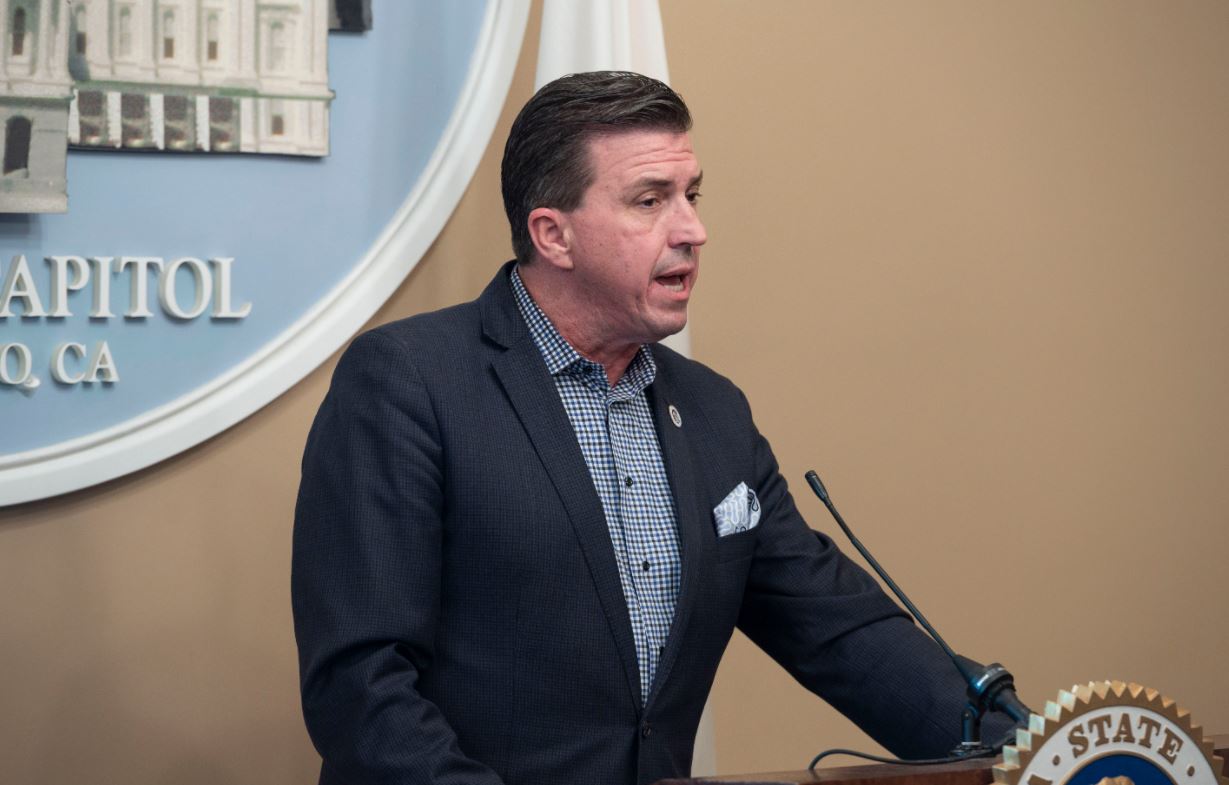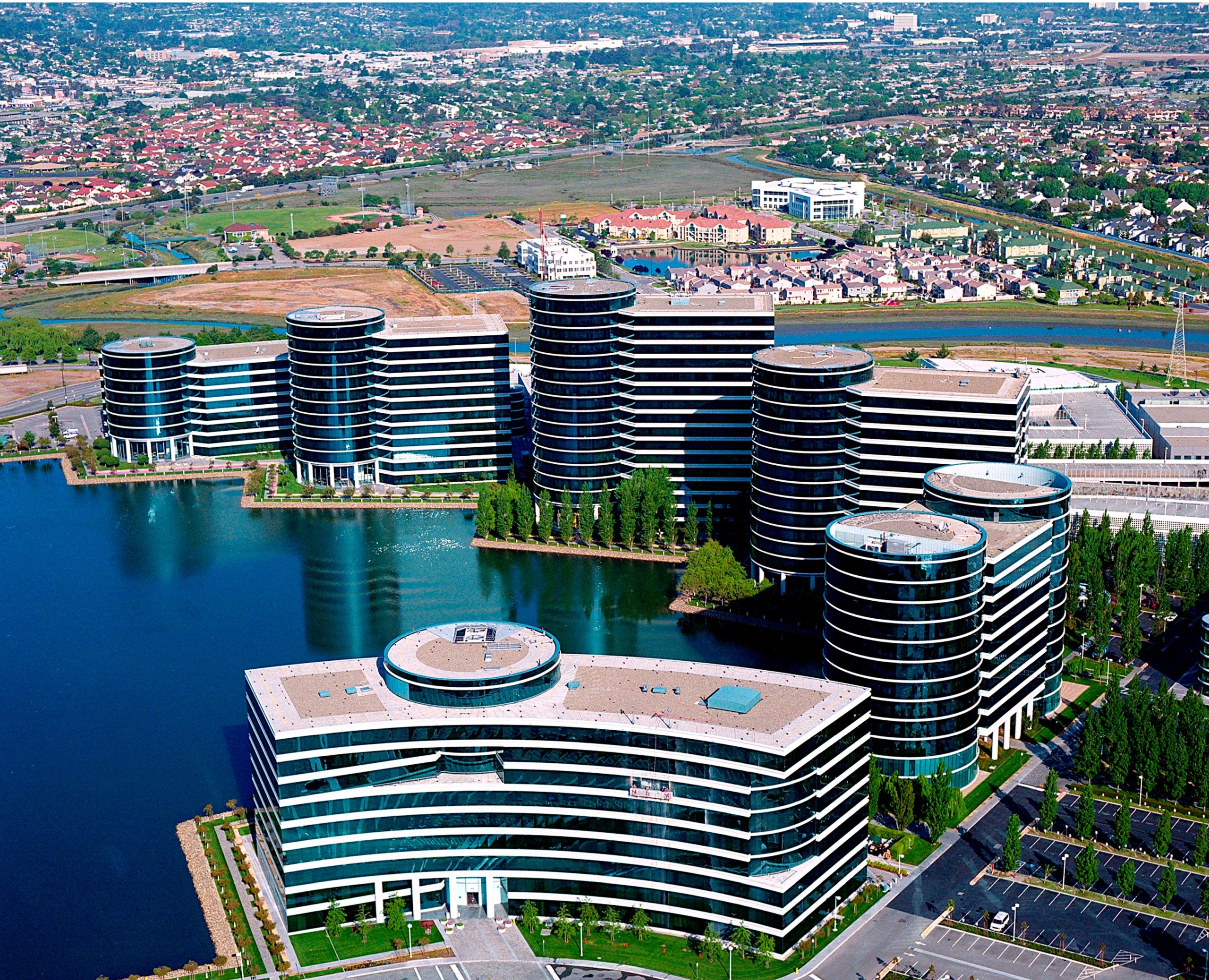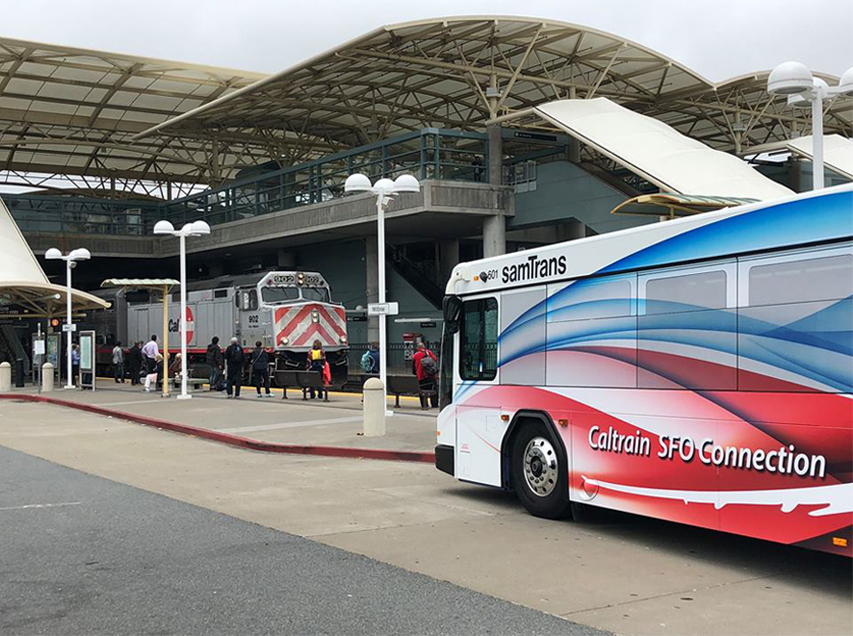Victim interrupts attempted burglary at San Carlos home

An attempted residential burglary in the 100 block of Highland Avenue in San Carlos was interrupted by a resident of the home on Saturday night, according to the San Mateo County Sheriff’s Office.
The suspect was wearing a mask and holding a flashlight and was attempting to enter the home by prying open a side door at about 10 p.m., the victim told deputies.
“The suspect was startled and immediately left the residence and fled in an unknown direction,” the sheriff’s office said.
Deputies saturated the area but were unable to locate the suspect. The investigation is ongoing.
Anyone who has information regarding this incident may call the San Mateo County Sheriff’s Office Anonymous Tip Line at 1–800–547–2700.
Photo: Getty images










